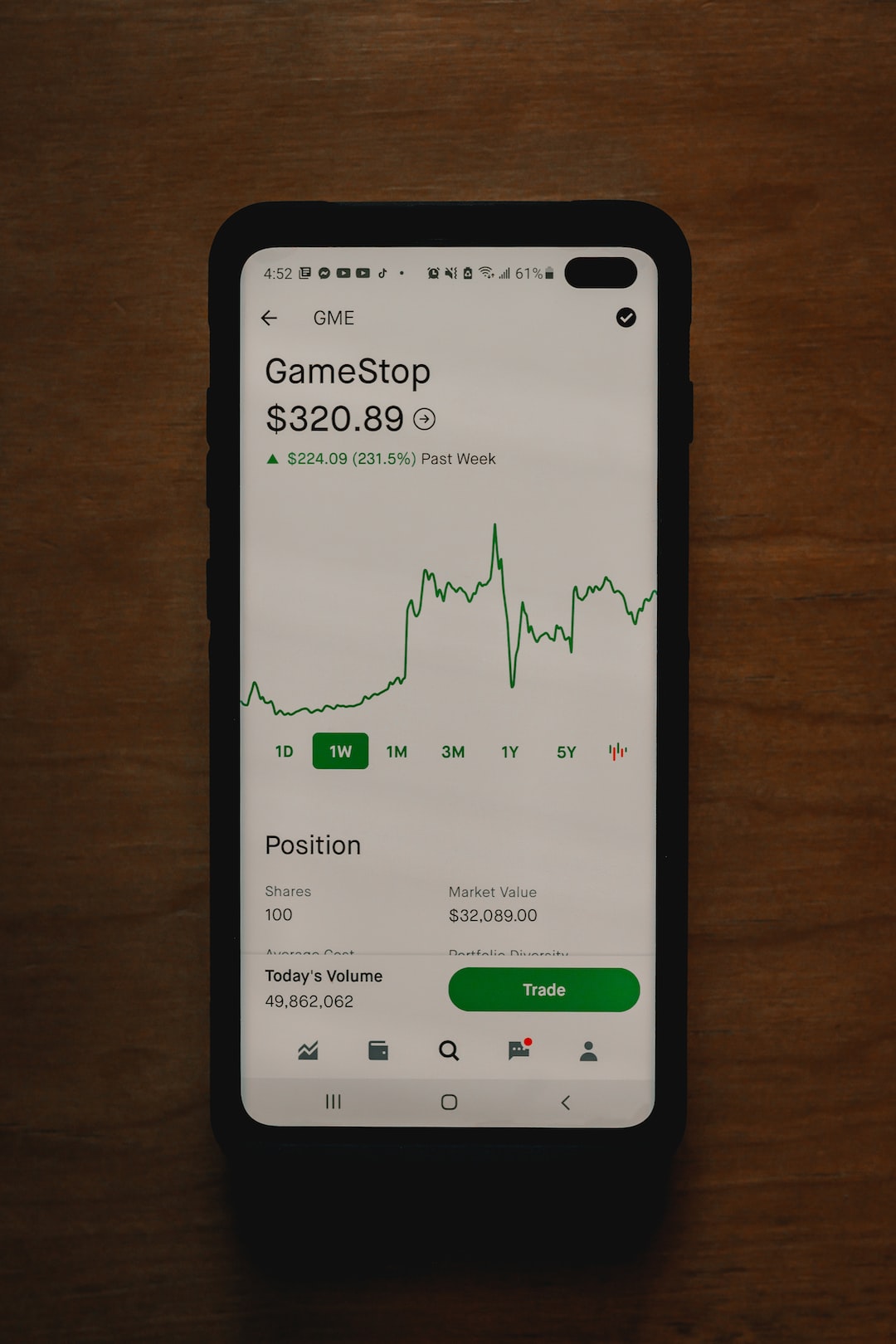Elliott Waves and Technical Analysis in Forex Trading
When it comes to trading in the forex market, there are a plethora of strategies and tools that traders use to analyze and predict price movements. One popular and widely used method is Elliott Wave Theory, which is often combined with technical analysis to make informed trading decisions. In this article, we will explore the basics of Elliott Waves and how they can be used in conjunction with technical analysis in forex trading.
Elliott Wave Theory, developed by Ralph Nelson Elliott in the 1930s, is a method of market analysis that is based on the idea that markets move in repetitive patterns. According to Elliott, these patterns are driven by investor psychology, which swings between fear and greed. The theory suggests that markets move in five waves in the direction of the main trend, followed by three corrective waves in the opposite direction.
The basic structure of an Elliott Wave consists of impulsive waves (also known as motive waves) and corrective waves. Impulsive waves are labeled with numbers (1, 2, 3, 4, 5) and move in the direction of the main trend. Corrective waves, on the other hand, are labeled with letters (A, B, C) and move against the main trend.
To apply Elliott Wave Theory in forex trading, traders use technical analysis to identify the start and end points of waves, as well as the potential price targets. Technical analysis involves the use of various tools and indicators to analyze historical price data and identify patterns, trends, and support and resistance levels.
One of the most common tools used in technical analysis is the Fibonacci retracement tool. Fibonacci retracement levels are based on the mathematical sequence discovered by Leonardo Fibonacci in the 13th century. These levels help traders identify potential areas of support and resistance, which can be used to determine the end points of Elliott Waves.
For example, if the price of a currency pair is in an uptrend and has completed an impulsive wave, traders can use Fibonacci retracement levels to identify potential areas of support where the corrective wave might end. The most commonly used Fibonacci retracement levels are 38.2%, 50%, and 61.8%. Traders look for confluence between these levels and other technical indicators, such as trendlines or moving averages, to increase the probability of a successful trade.
Another tool commonly used in conjunction with Elliott Waves is the moving average. Moving averages help smooth out price fluctuations and provide a visual representation of the overall trend. By using moving averages of different time periods, traders can identify potential areas of support or resistance where the price might reverse.
For instance, if the price of a currency pair is in a downtrend and has completed a corrective wave, traders can look for a crossover between a short-term moving average and a longer-term moving average to confirm the end of the corrective wave and the start of a new impulsive wave in the direction of the main trend.
In addition to Fibonacci retracement levels and moving averages, traders often use other technical indicators, such as oscillators (e.g., RSI, MACD, Stochastic) and chart patterns (e.g., head and shoulders, double top, triangle), to confirm or validate their Elliott Wave analysis.
It is important to note that Elliott Wave Theory and technical analysis are not foolproof methods of predicting future price movements. Markets are influenced by a multitude of factors, both fundamental and technical, and can be highly unpredictable. Therefore, it is essential for traders to combine Elliott Waves and technical analysis with risk management strategies, such as setting stop-loss orders and proper position sizing, to protect themselves from potential losses.
In conclusion, Elliott Wave Theory and technical analysis can be valuable tools in forex trading. By understanding the basic principles of Elliott Waves and using technical analysis tools, traders can analyze market trends, identify potential areas of support and resistance, and make more informed trading decisions. However, it is important to remember that no strategy or tool can guarantee success in the forex market. Traders must always exercise caution, manage risk effectively, and continuously adapt their analysis to changing market conditions.






